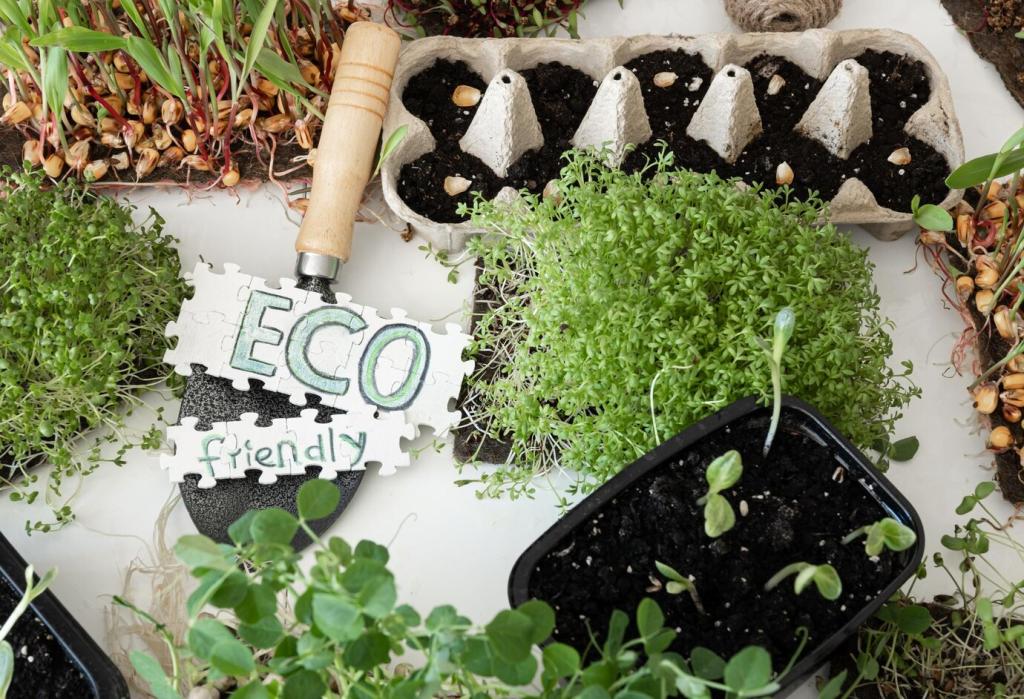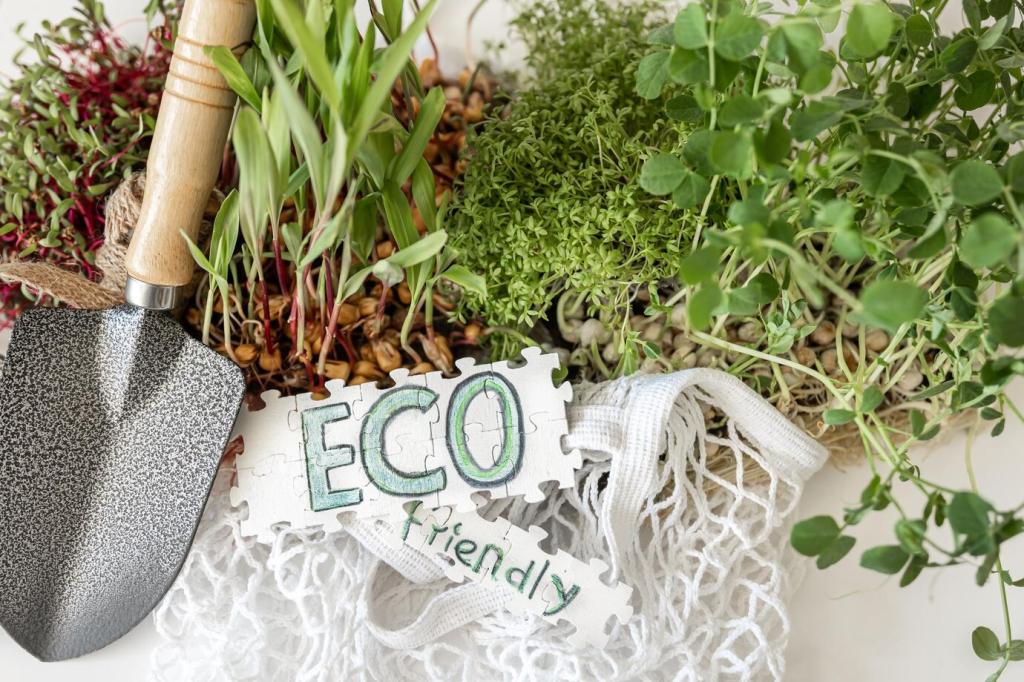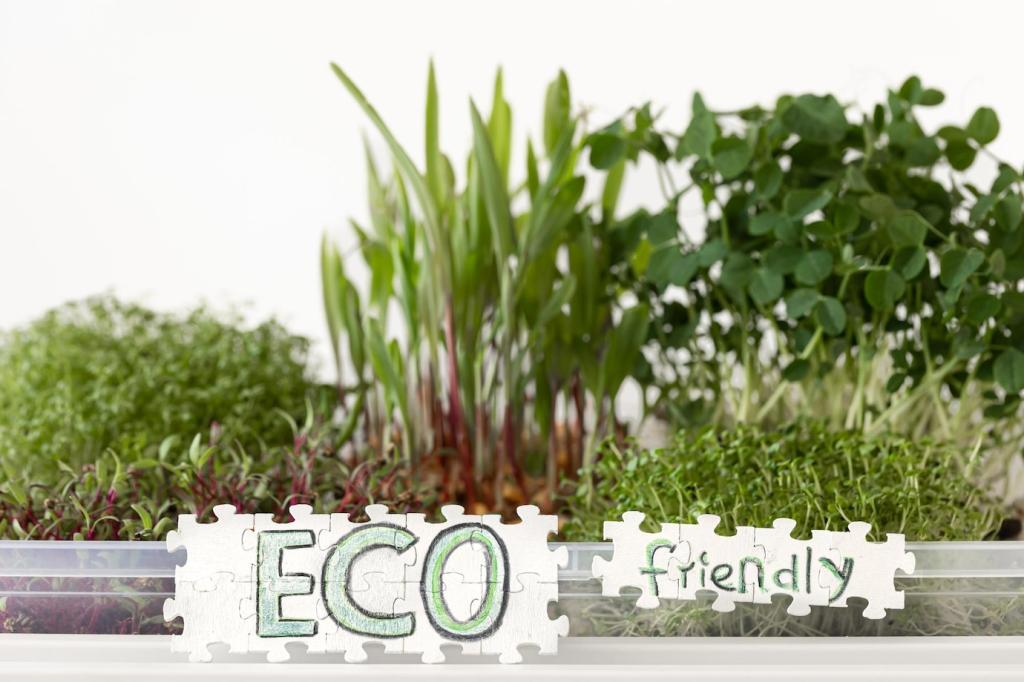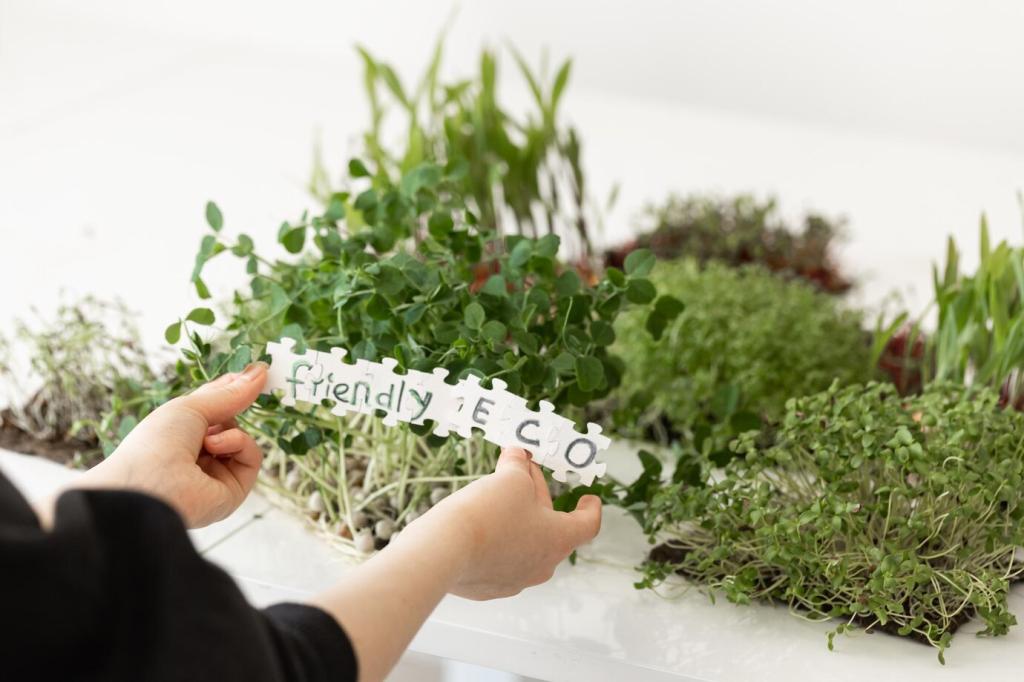Creating Continuous Bloom
Start with early-bloomers like pussy willow, serviceberry, and lungwort. Bridge summer with bee balm, catmint, sunflowers, and coneflowers. Finish with goldenrod, asters, and sedums. Keep records each year, noting lulls, so you can patch weak months with new, well-timed selections.
Creating Continuous Bloom
Different pollinators cue on different signals: bees love blues and purples, butterflies gravitate to bright platforms, and moths favor pale, night-blooming flowers. Include fragrant evening bloomers for twilight visitors. This sensory mosaic draws a wider crowd and stabilizes your garden’s ecosystem services.
Creating Continuous Bloom
Sketch your space and assign flowering months to each plant. Add notes on peak nectar flow and pollinator visitors. After one season, you’ll see patterns—empty weeks or overcrowded periods. Share your map with our community to crowdsource fixes and discover region-specific plant swaps.










